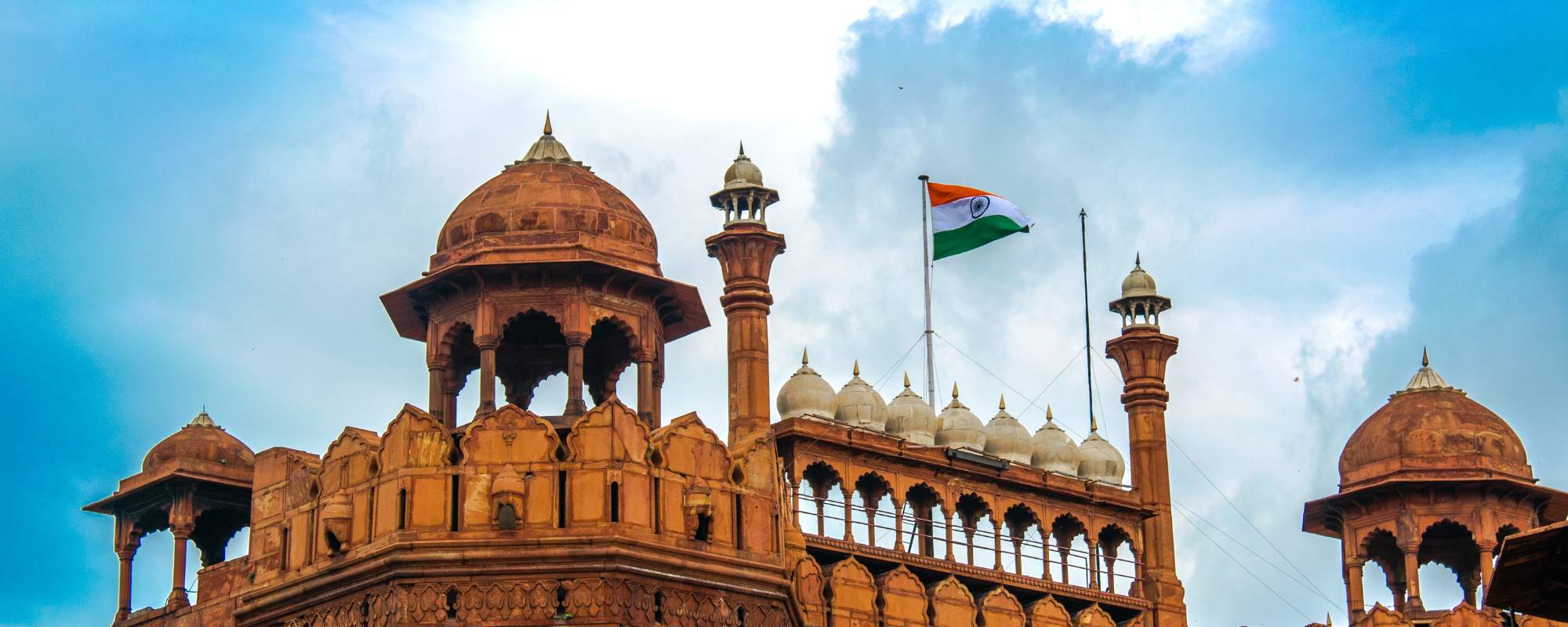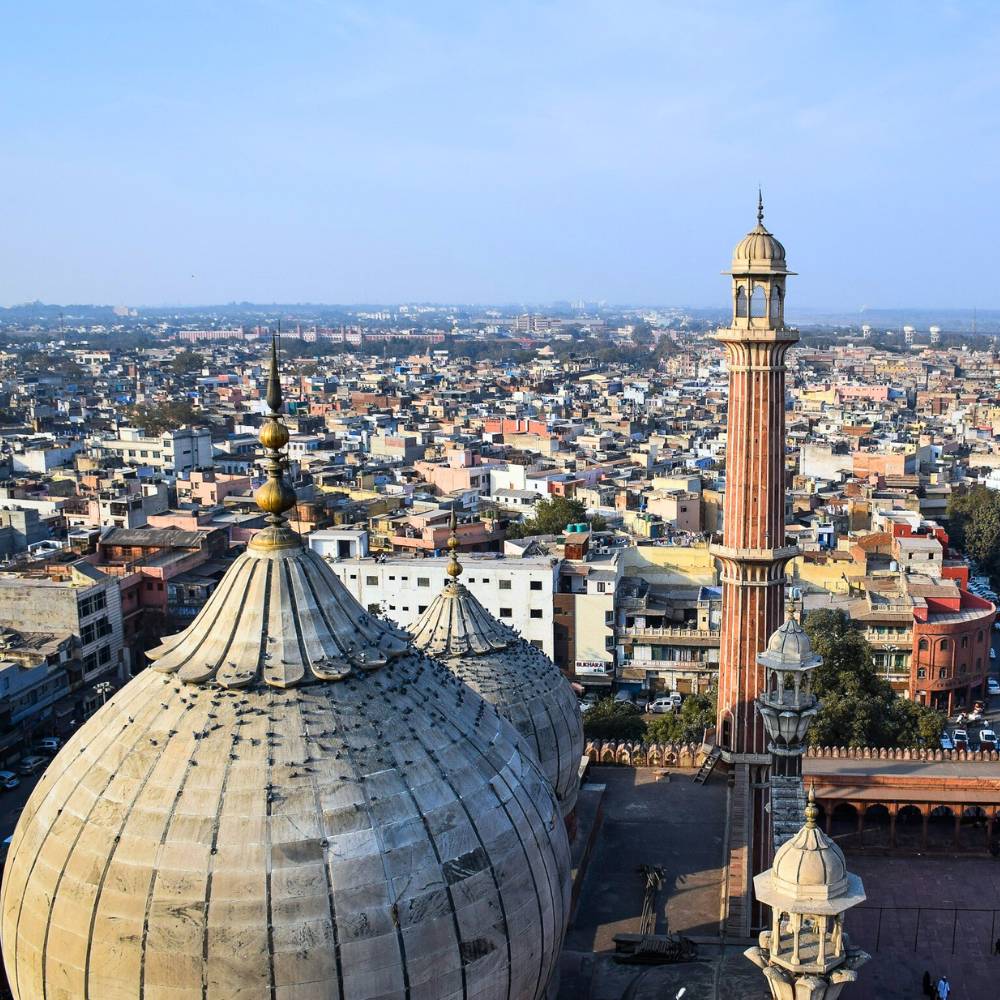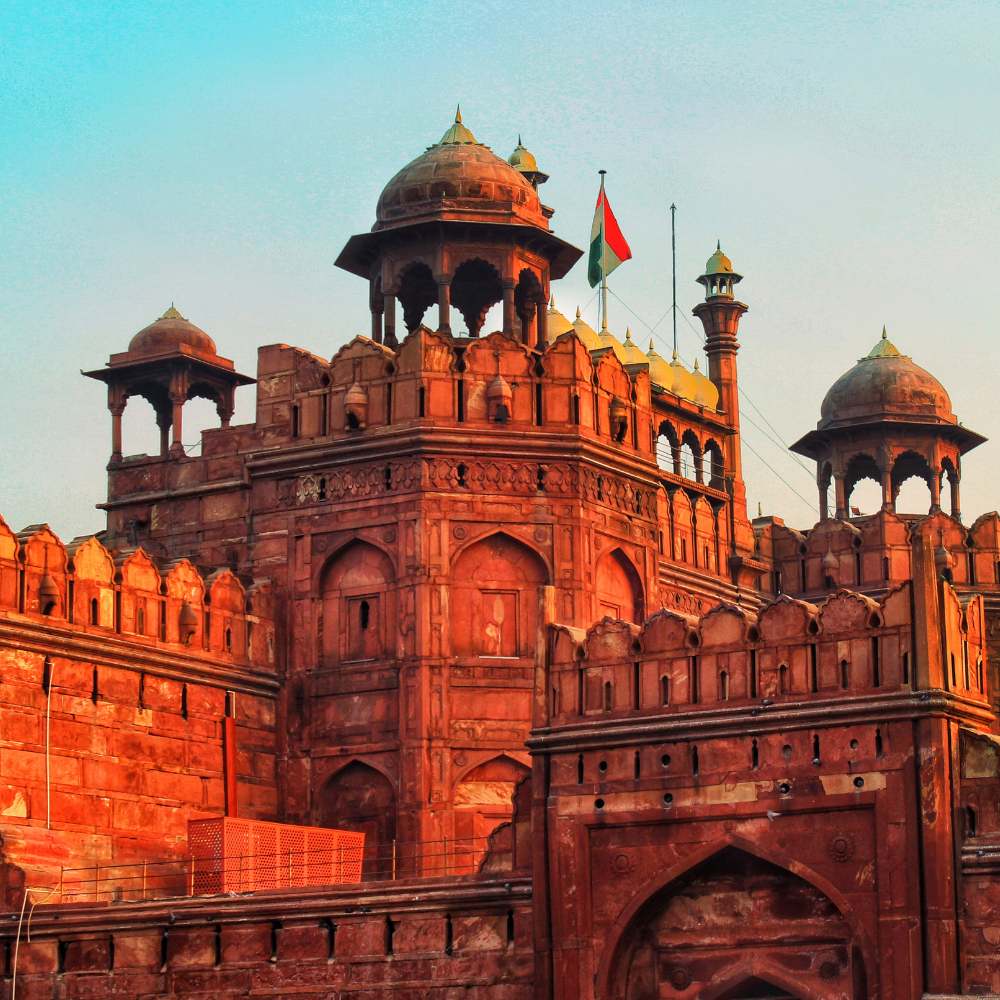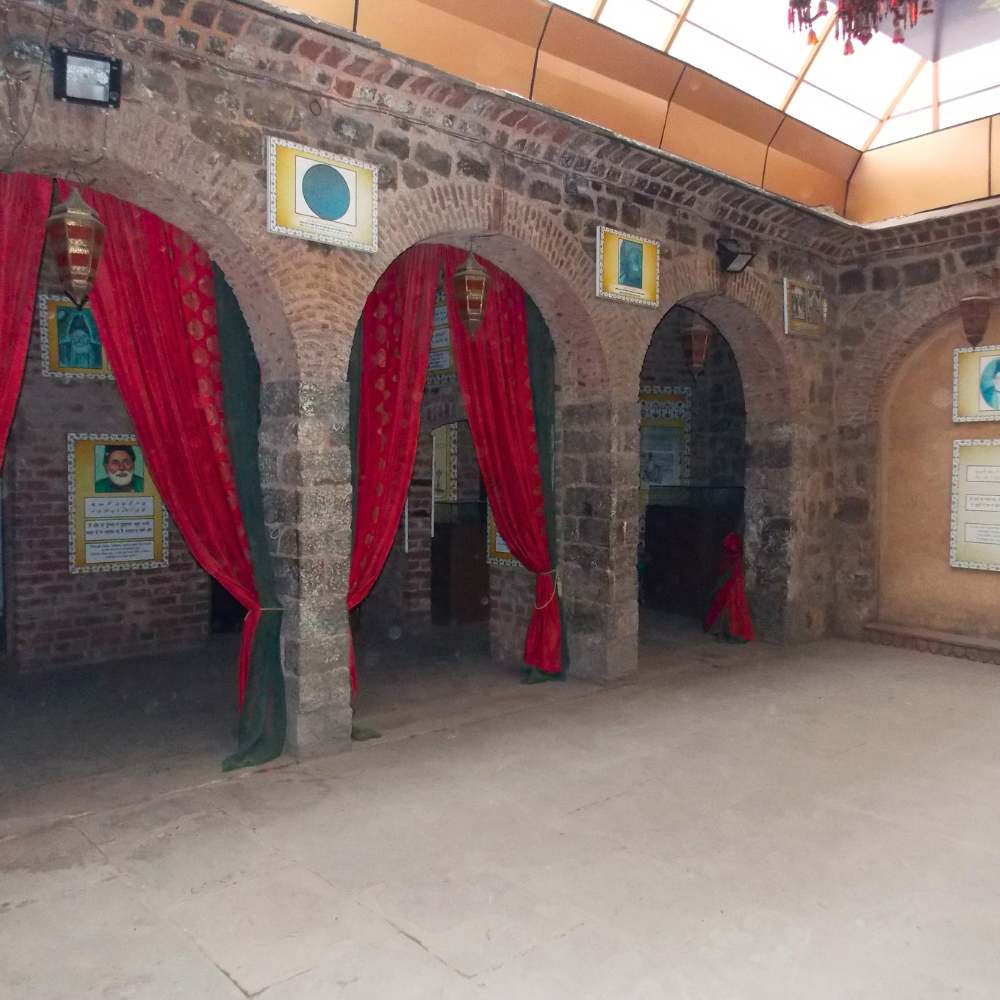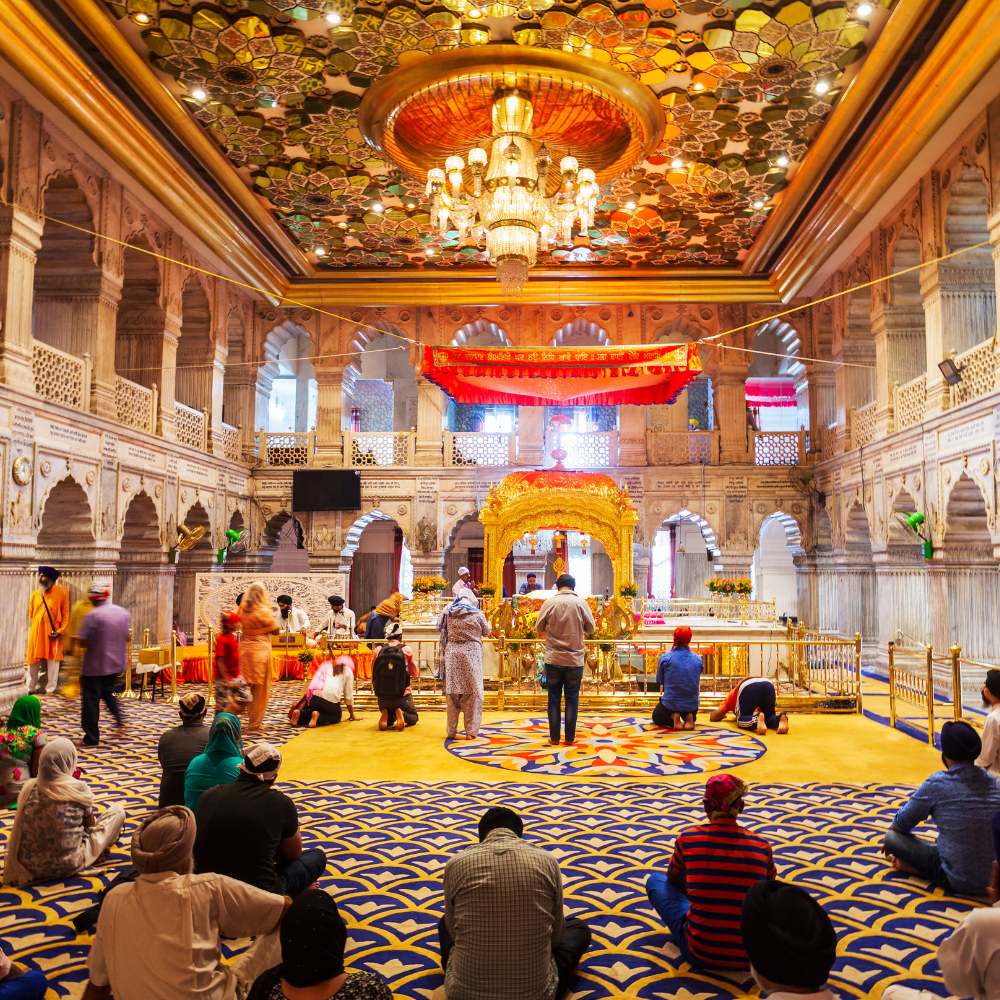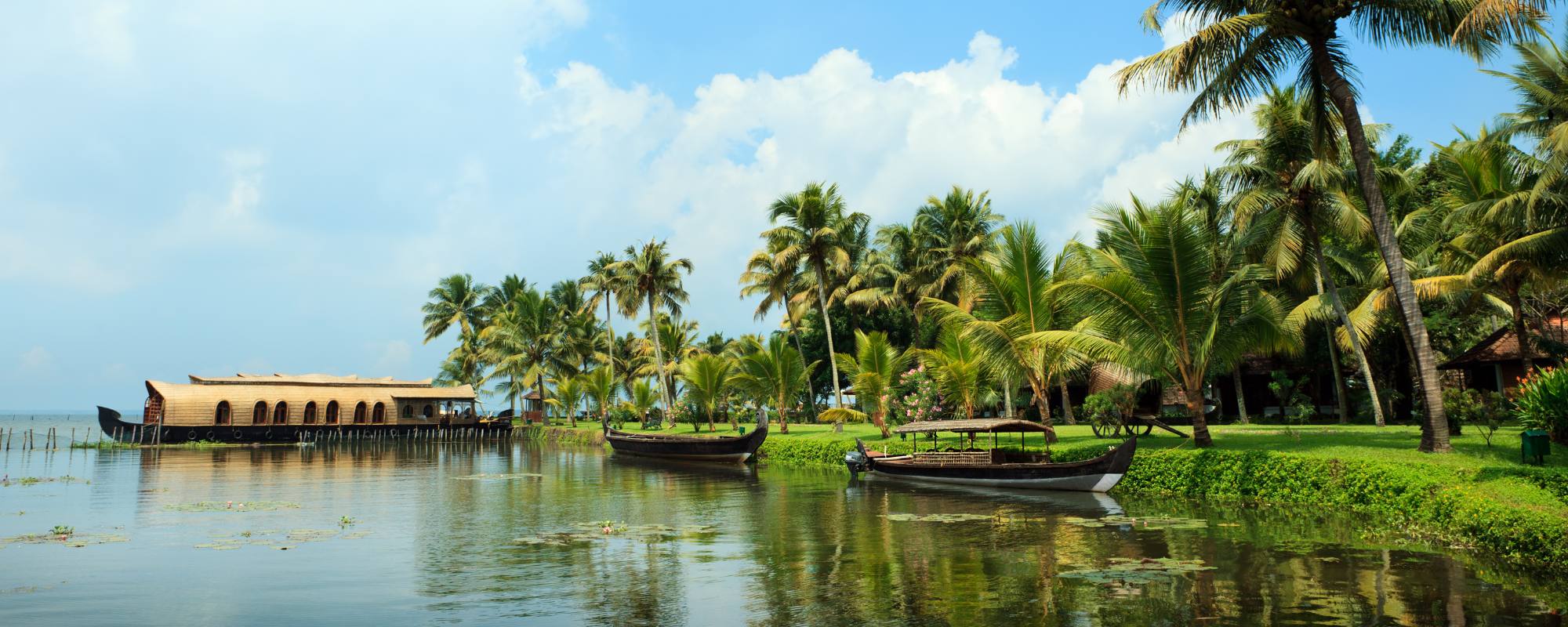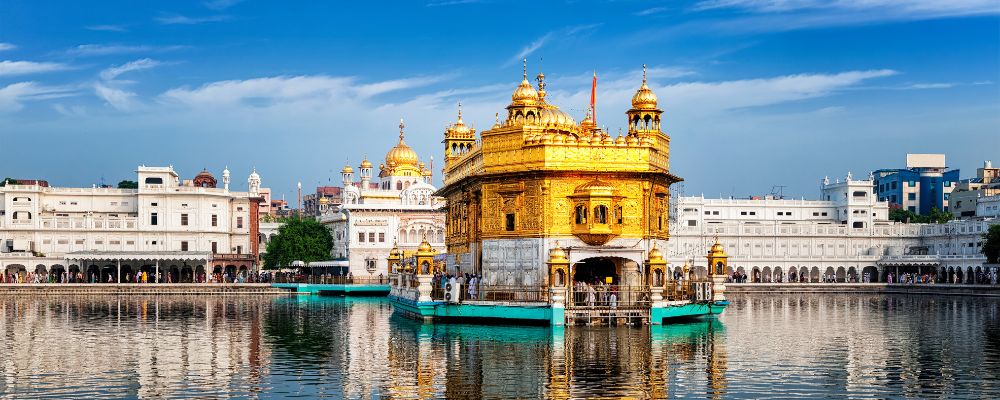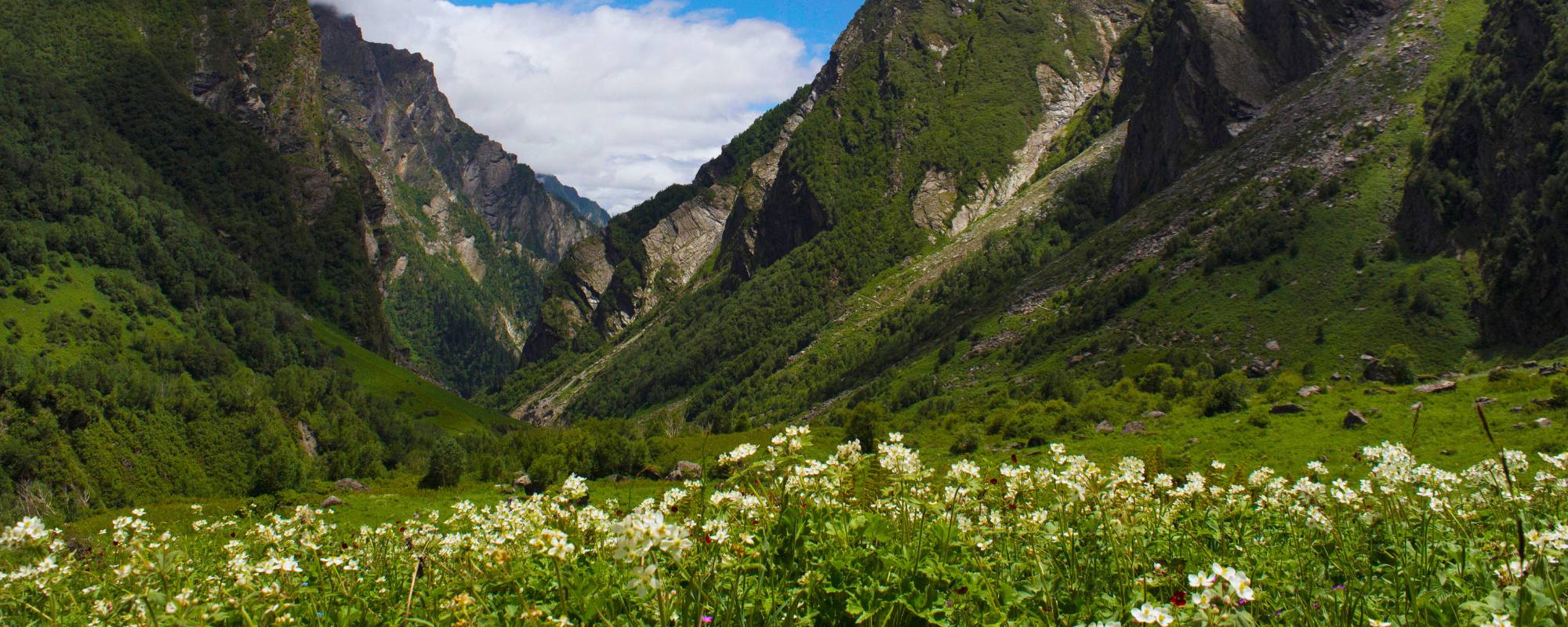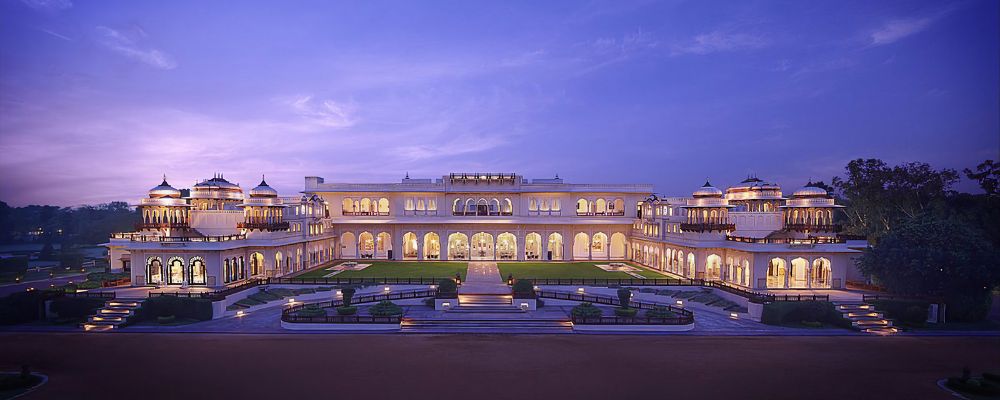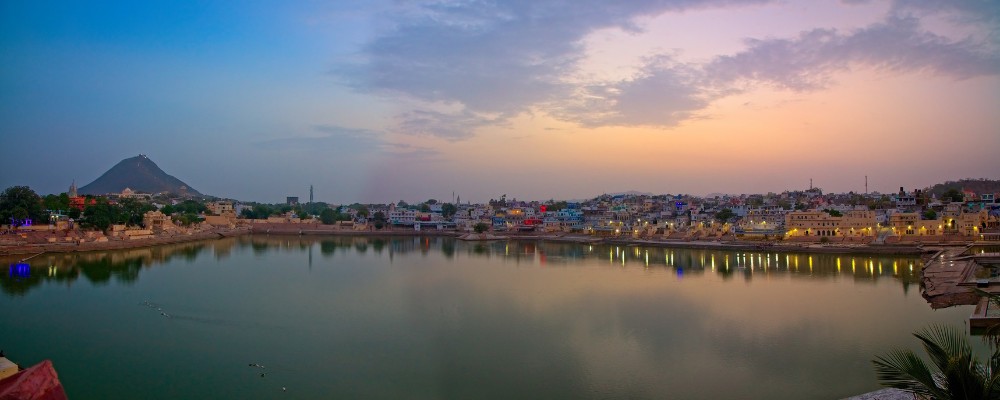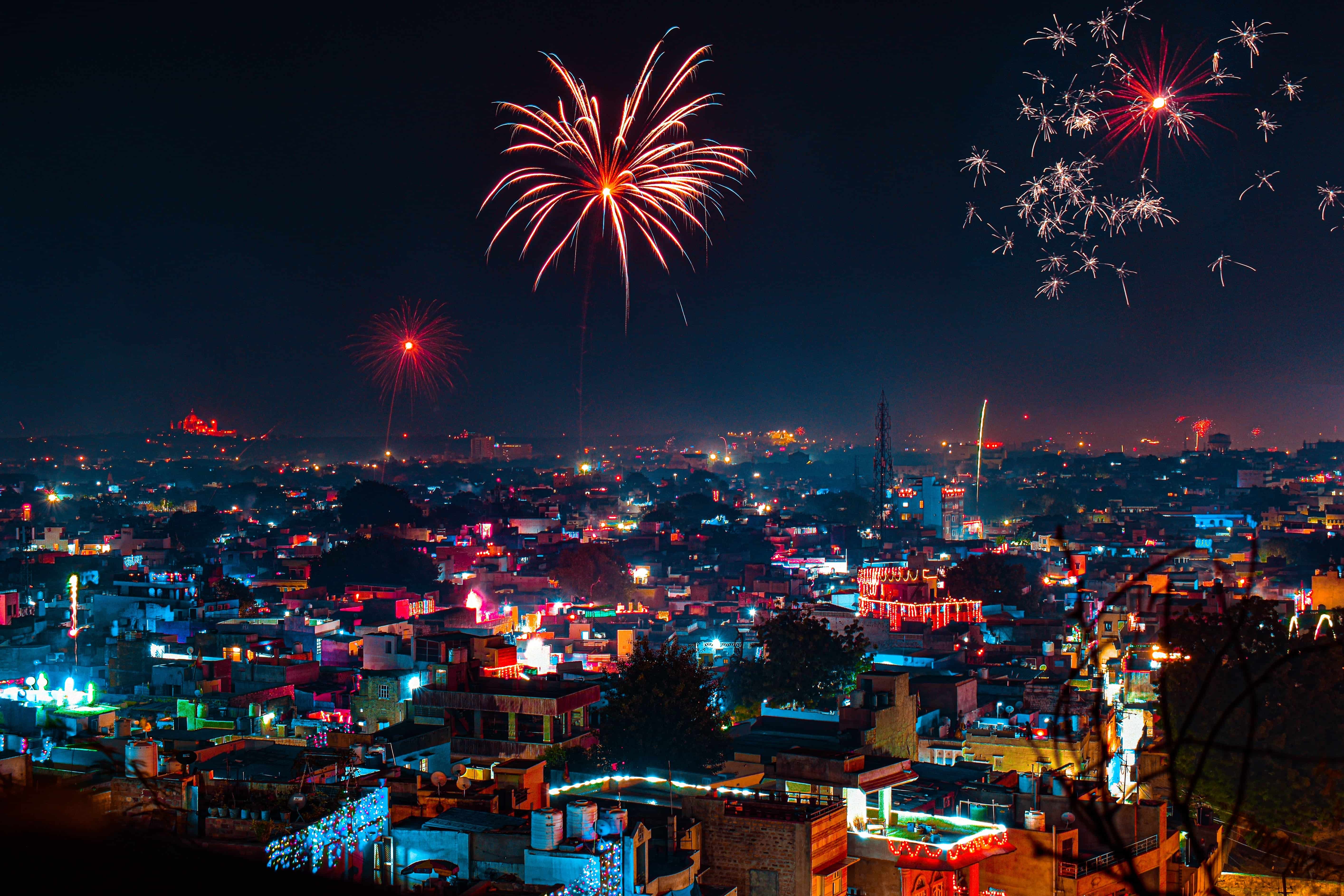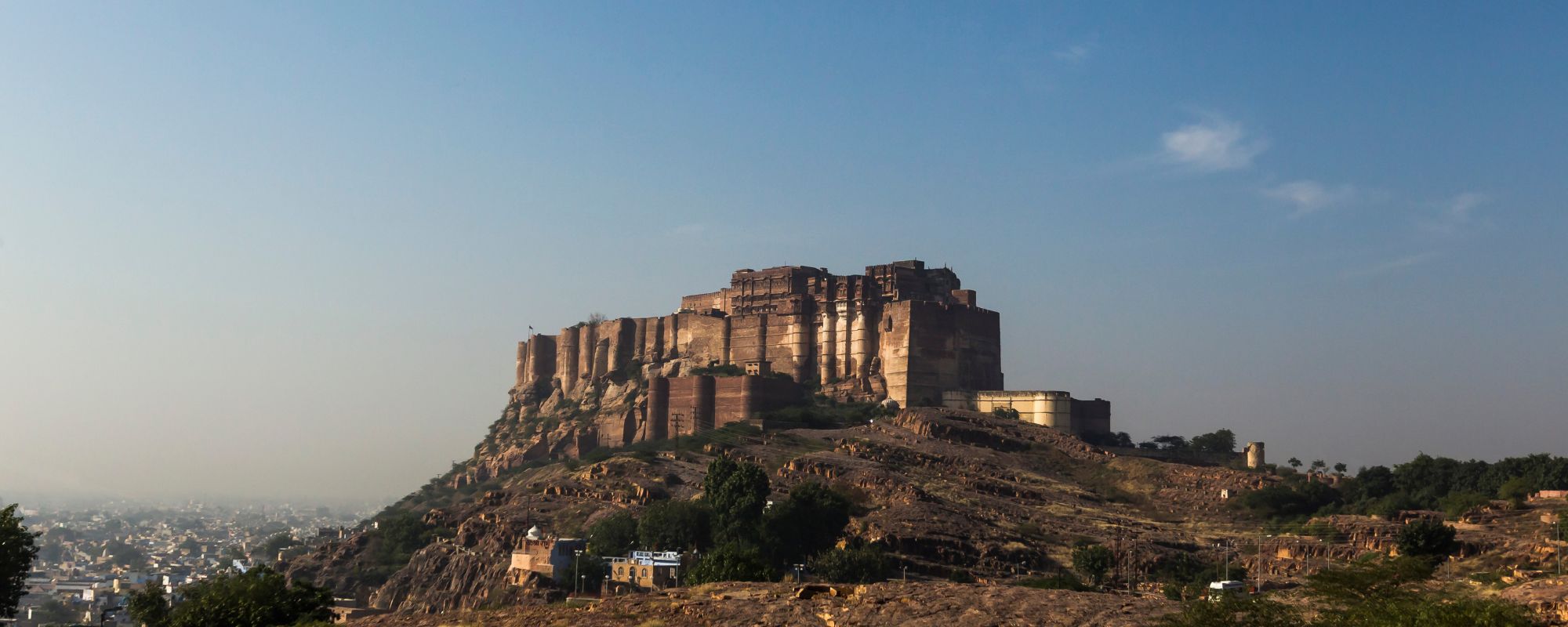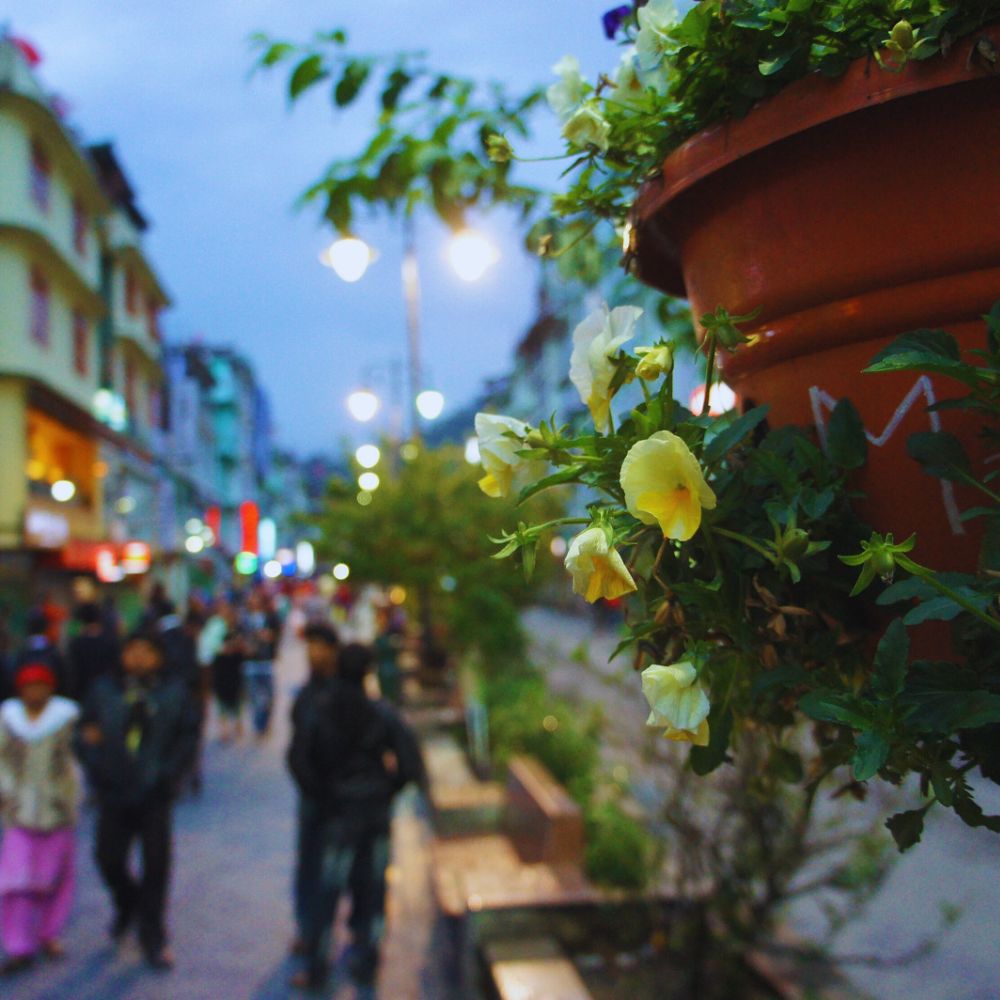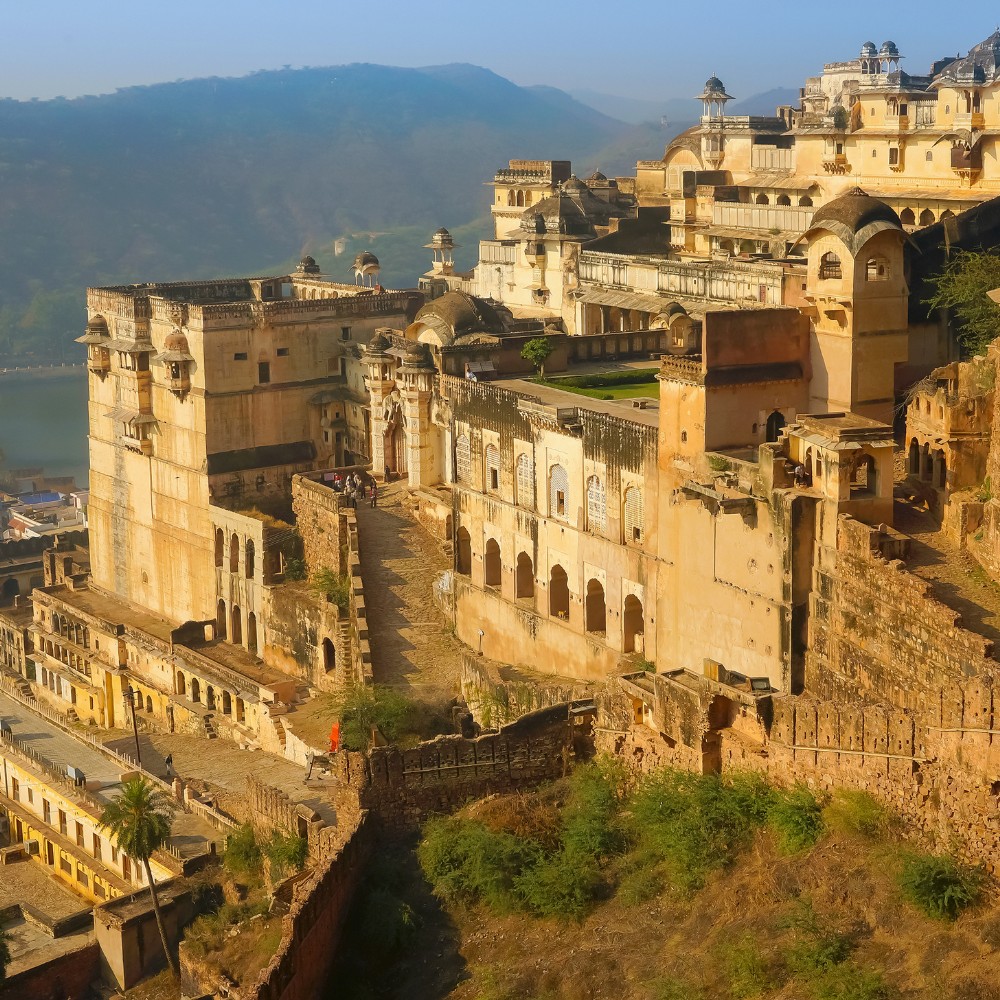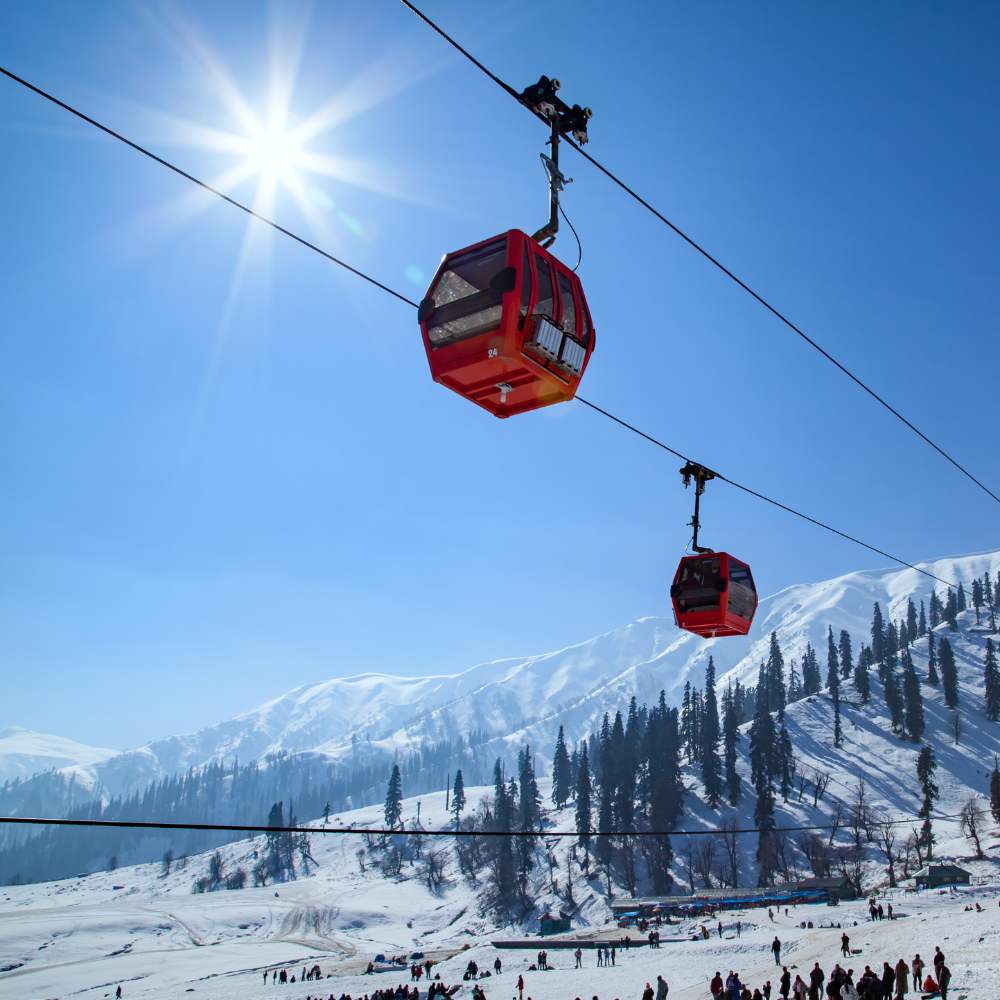Old Delhi, also known as Shahjahanabad, is more than a historic site. It is a living testament to the grandeur of India's Mughal past. A heritage walk through its lanes takes you on a journey through time, revealing centuries-old architectural marvels, vibrant bazaars, and a rich tapestry of cultural traditions.
For those seeking to uncover the essence of India's history, Old Delhi's bustling streets and heritage sites offer an unparalleled experience.
Shahjahanabad: The Historical Foundation
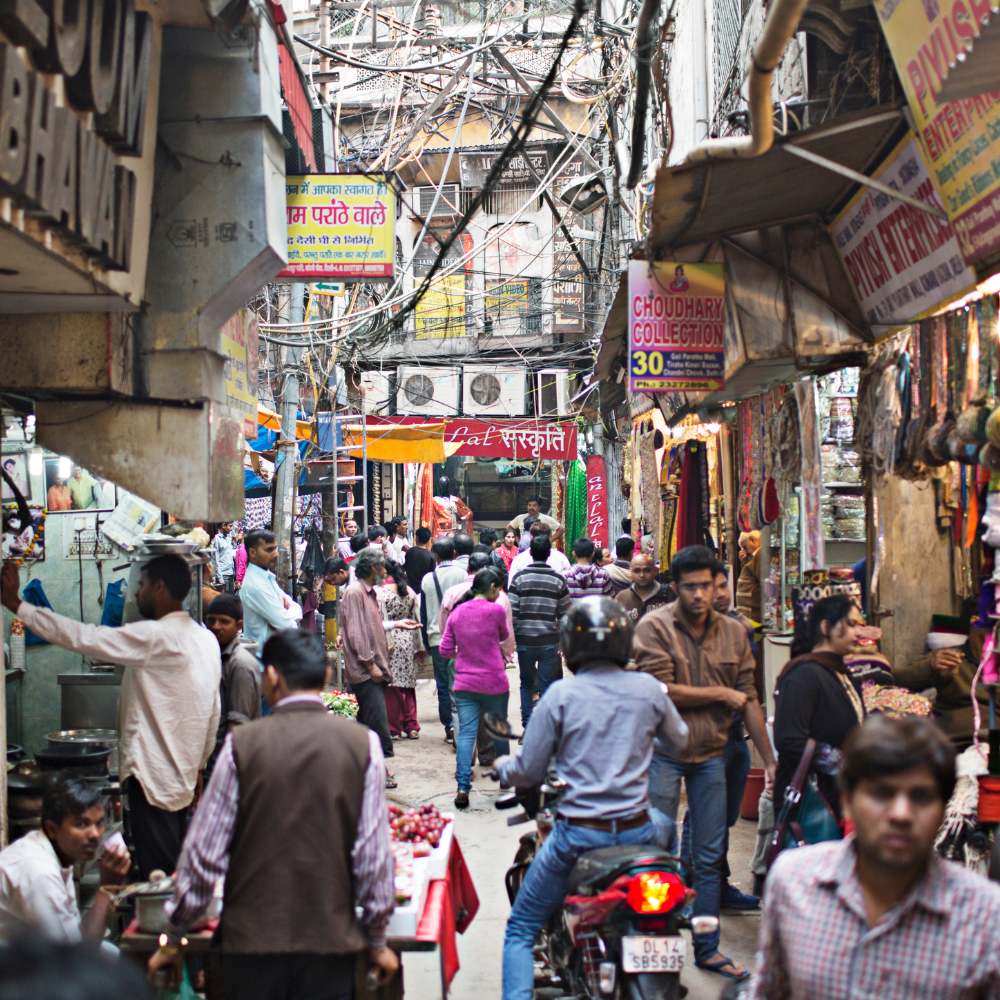
In 1639, Emperor Shah Jahan, known for commissioning the Taj Mahal, shifted the Mughal capital from Agra to Delhi. The result was Shahjahanabad, a fortified city built with meticulous planning and artistic vision. Surrounded by massive walls and punctuated by gates such as Ajmeri Gate, Kashmiri Gate, and Turkman Gate, Shahjahanabad blended grandeur and strategic military design.
The city became the Mughal Empire's administrative and cultural hub, home to exquisite mosques, palatial havelis, and bustling markets. Today, it forms the heart of Old Delhi, preserving the stories and spirit of its Mughal creators.
The Red Fort: A Symbol of Power
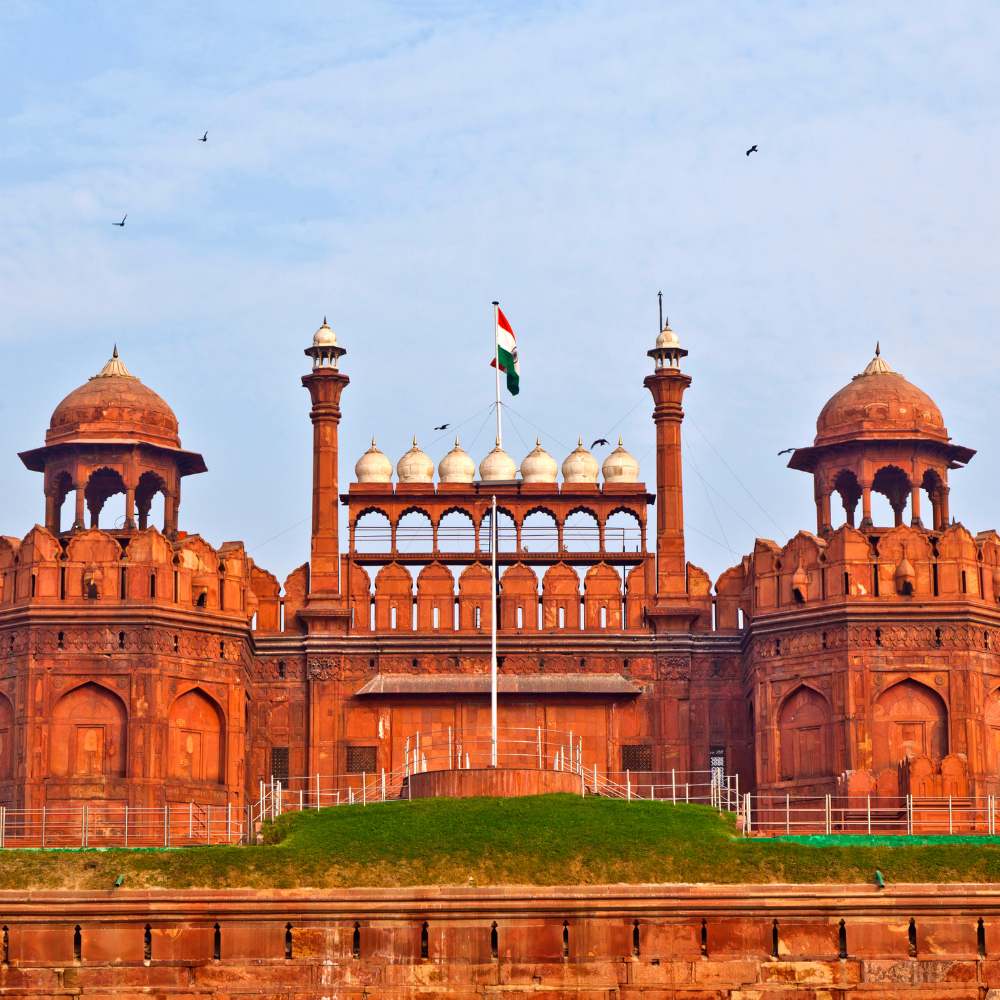
The majestic Red Fort, a UNESCO World Heritage site, is at the centre of Old Delhi's historical landscape. Built from red sandstone, the fort served as the residence of Mughal emperors for over 200 years. Its sprawling complex includes iconic structures like the Diwan-i-Aam (Hall of Public Audience) and Diwan-i-Khas (Hall of Private Audience), which exemplify the Mughal architectural style.
The Red Fort is more than an architectural marvel—it is also a symbol of IIndia'sindependence. On August 15, the Prime Minister hoists the national flag here every year, underscoring its historical and cultural significance.
Jama Masjid: A Masterpiece of Faith
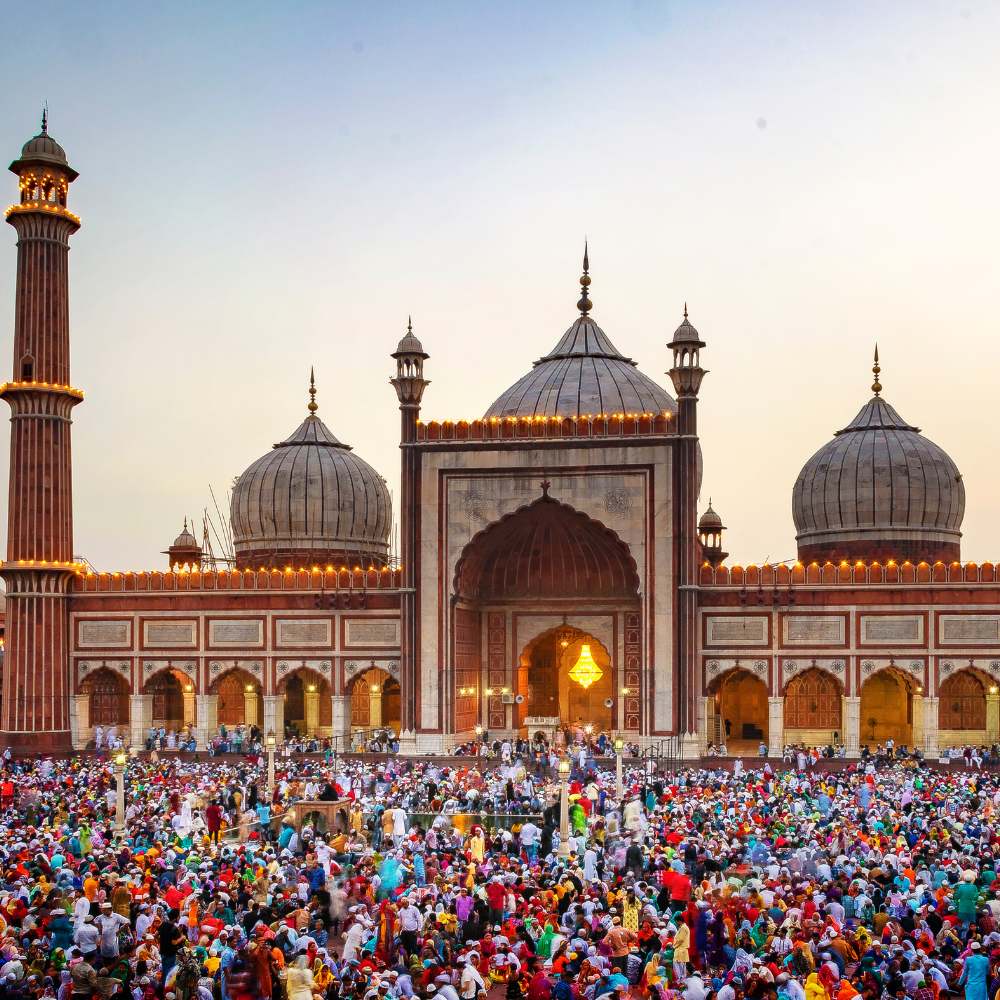
A short walk from the Red Fort brings you to Jama Masjid, one of India's largest mosques. Commissioned by Shah Jahan in 1650, this mosque exemplifies Mughal architectural prowess with its expansive courtyard, ornate domes, and towering minarets.
The mosque's courtyard can accommodate up to 25,000 worshippers, making it a central hub for Islamic faith in India. The red sandstone and white marble used in its construction create a striking contrast, and the intricate carvings speak to the artisans' exceptional craftsmanship.
Chandni Chowk: The Soul of Old Delhi
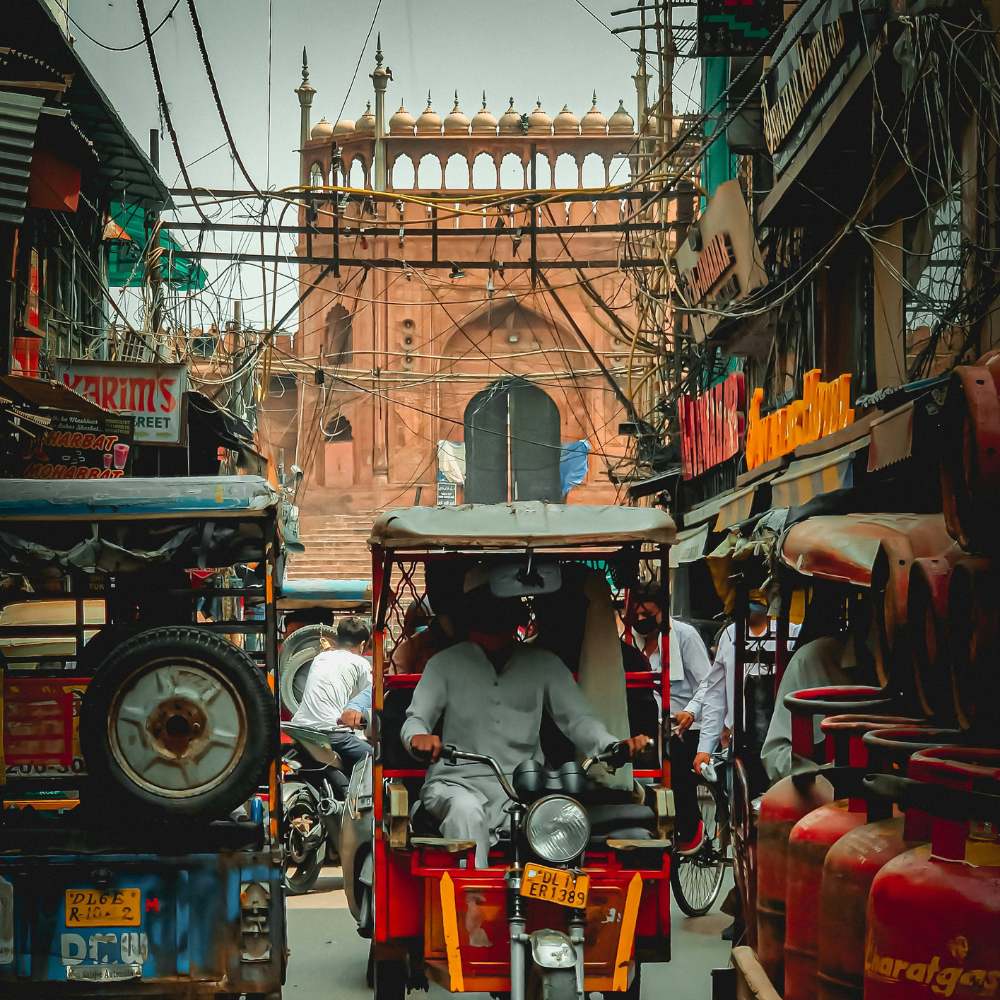
Designed by Shah JJahan'sdaughter, Jahanara Begum, Chandni Chowk was the commercial heart of Shahjahanabad. Today, it remains one of the busiest markets in India, offering a sensory overload of sights, sounds, and smells.
Key Attractions in Chandni Chowk
-
Khari Baoli: Asia's largest spice market, where traders have sold aromatic spices, dried fruits, and herbs for centuries. The vibrant stalls and bustling atmosphere are a feast for the senses.
- Dariba Kalan: Known as the "silver street," "this market is famous for its handcrafted jewellery and antique ornaments.
- Paranthe Wali Gali: A narrow lane famous for its stuffed parathas, offering fillings ranging from traditional potato and paneer to experimental flavours like banana and rabri.
Havelis: Windows to the Past
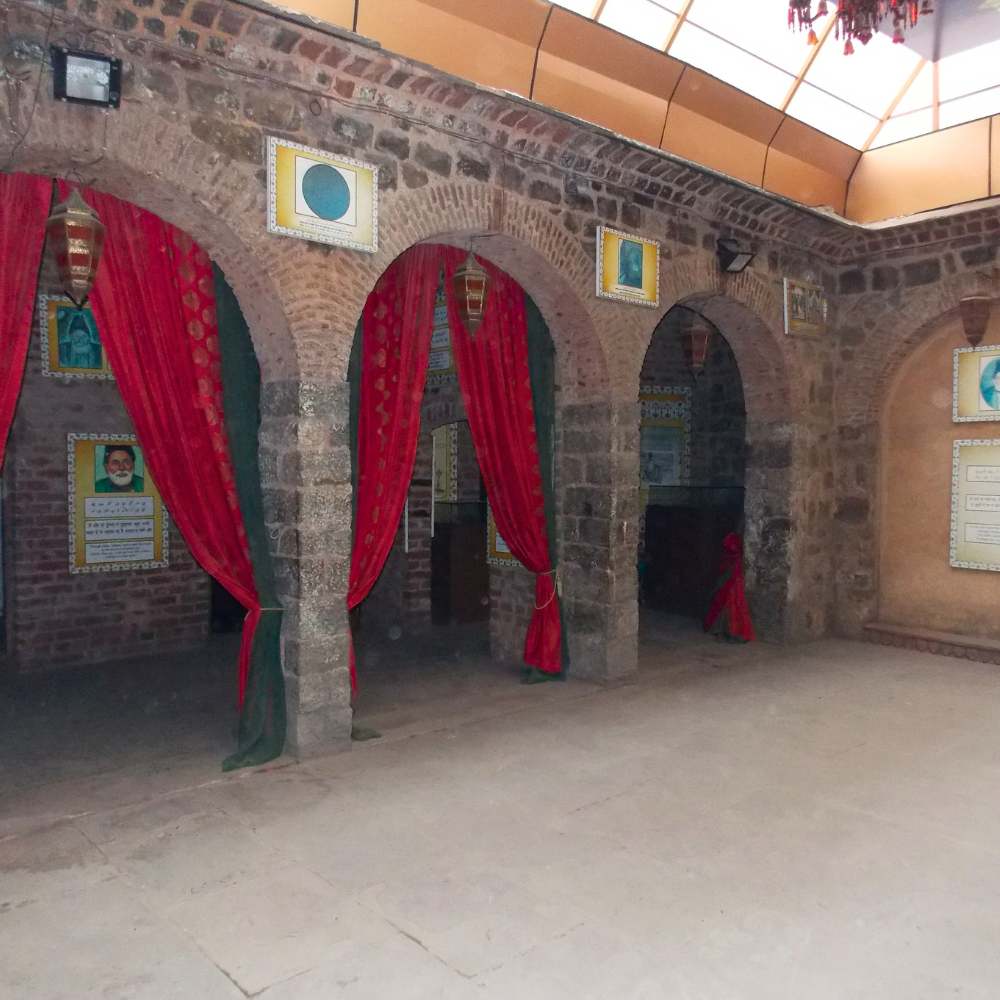
Scattered throughout Old Delhi are havelis, grand mansions that once housed the city's elite. These architectural gems, with their courtyards, carved wooden doors, and lattice windows, offer a glimpse into the opulent lifestyles of their former residents.
- Ghalib ki Haveli: This haveli, located in Ballimaran, was the residence of Mirza Ghalib, one of IIndia'smost celebrated poets. Now a museum, it houses artefacts and manuscripts highlighting Ghalib's literary genius.
- Begum Samru's Haveli: Once the home of Begum Samru, an influential 18th-century ruler, this haveli has since been converted into a commercial space but retains its historical charm.
Spiritual and Cultural Harmony
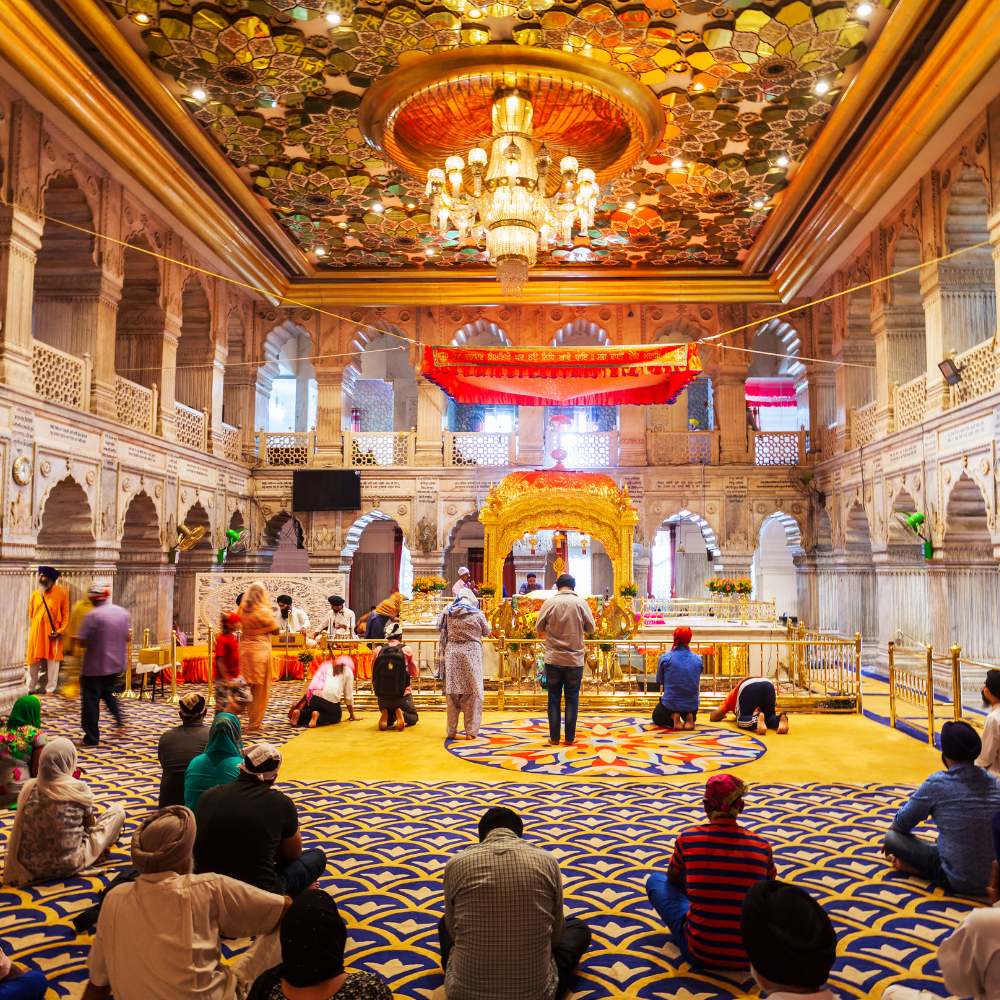
Old Delhi is a melting pot of religions and cultures, where spirituality thrives amidst the urban hustle.
- Gurudwara Sis Ganj Sahib: This Sikh shrine commemorates the martyrdom of Guru Tegh Bahadur. Its golden domes and serene atmosphere provide a stark contrast to the bustling streets outside.
- Jain Temples: The Digambar Jain Lal Mandir, located near the Red Fort, is one of the oldest Jain temples in Delhi. Its red sandstone structure and peaceful interior offer a spiritual retreat.
- Temples and Mosques: From the ancient Shri Gauri Shankar Mandir to smaller neighbourhood mosques, the area reflects the harmonious coexistence of different faiths.
Street Food: A Gastronomic Adventure
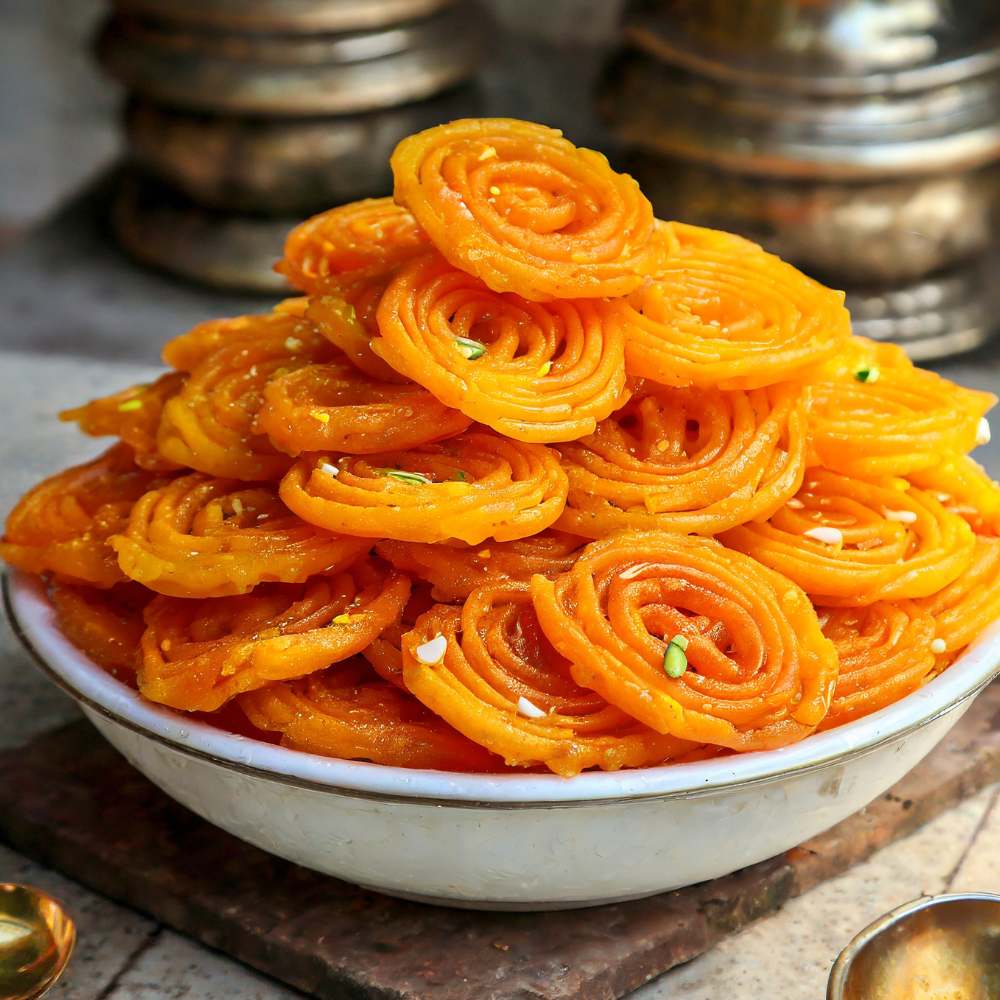
Old Delhi is synonymous with culinary delight, where food is not just sustenance but an art form. The street food reflects the area's diverse cultural influences and Mughal culinary traditions.
- KKarim's Founded in 1913, this iconic eatery is famous for its Mughlai dishes like mutton korma, kebabs, and biryani.
- Chaat: The tangy and spicy chaat of Old Delhi, including golgappas, dahi bhalla, and aloo tikki, is a must-try.
- Sweet Treats: Desserts like jalebi, imarti, and kulfi falooda are perfect for those with sweet teeth.
Artisan Crafts and Hidden Workshops
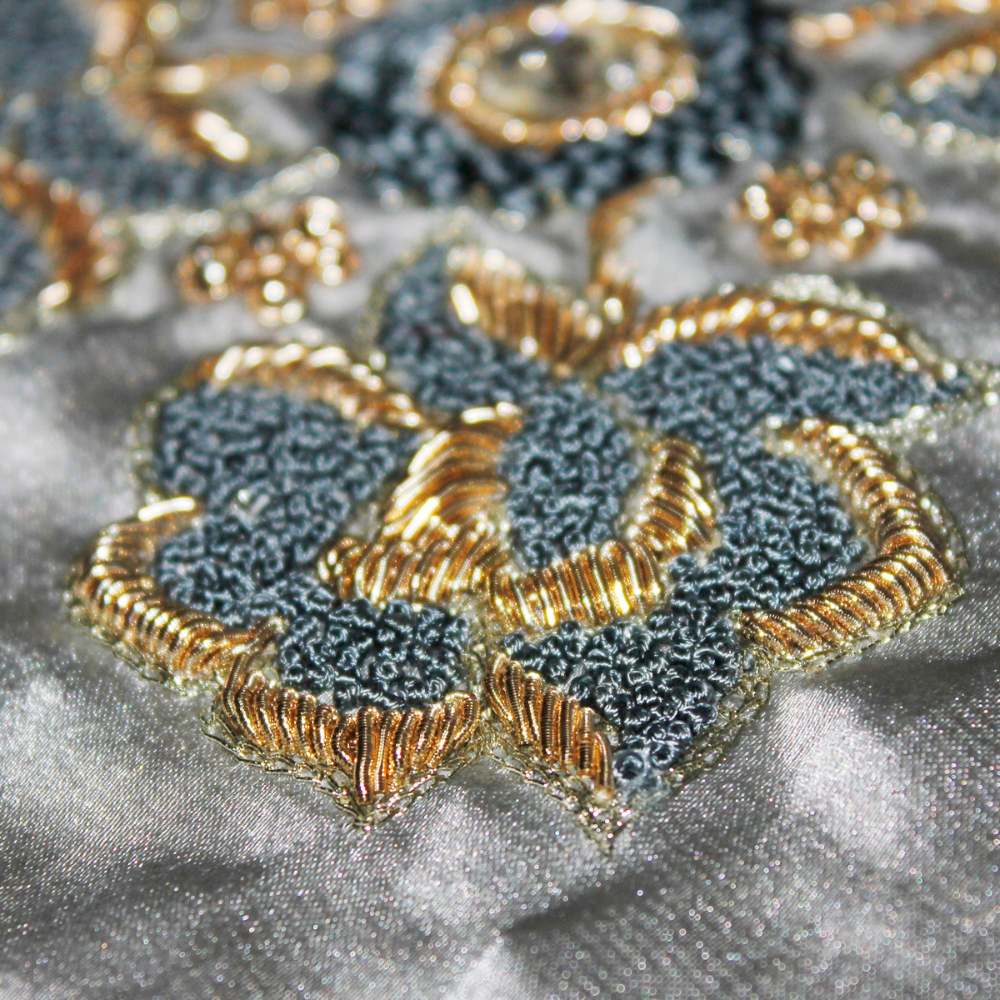
Picture credit: Wikipedia
Beyond its grand monuments and markets, Old Delhi is home to artisans who continue to practice traditional crafts.
- Zardozi Embroidery: Artisans create intricate gold and silver threadwork on textiles, a craft that dates back to the Mughal era.
- Meenakari and Jewelry: Workshops in Dariba Kalan specialize in enamel work and handcrafted jewellery.
- Calligraphy: The art of Urdu calligraphy, once patronized by Mughal emperors, survives in small studios scattered across Old Delhi.
Preservation Efforts
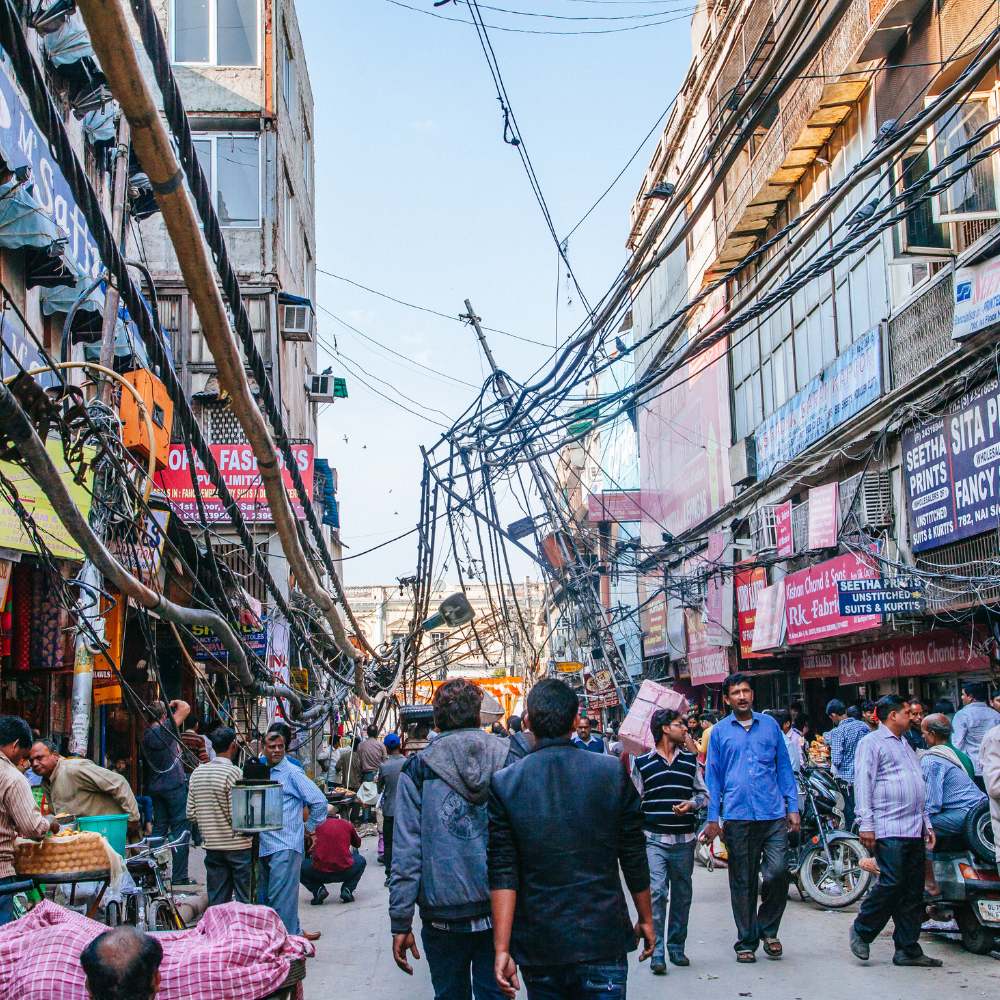
As modernization encroaches on Old Delhi's historical fabric, preservation has become a critical challenge.
- Local Initiatives: NGOs and communities have undertaken projects to restore lands and maintain heritage sites.
- Government Programs: Efforts like the Shahjahanabad Redevelopment Plan aim to revitalize the area while retaining its historical character.
- Challenges: Overcrowding, pollution, and neglect threaten many of Old Delhi's monuments and traditional spaces, requiring sustained efforts for conservation.
Festivals and Celebrations
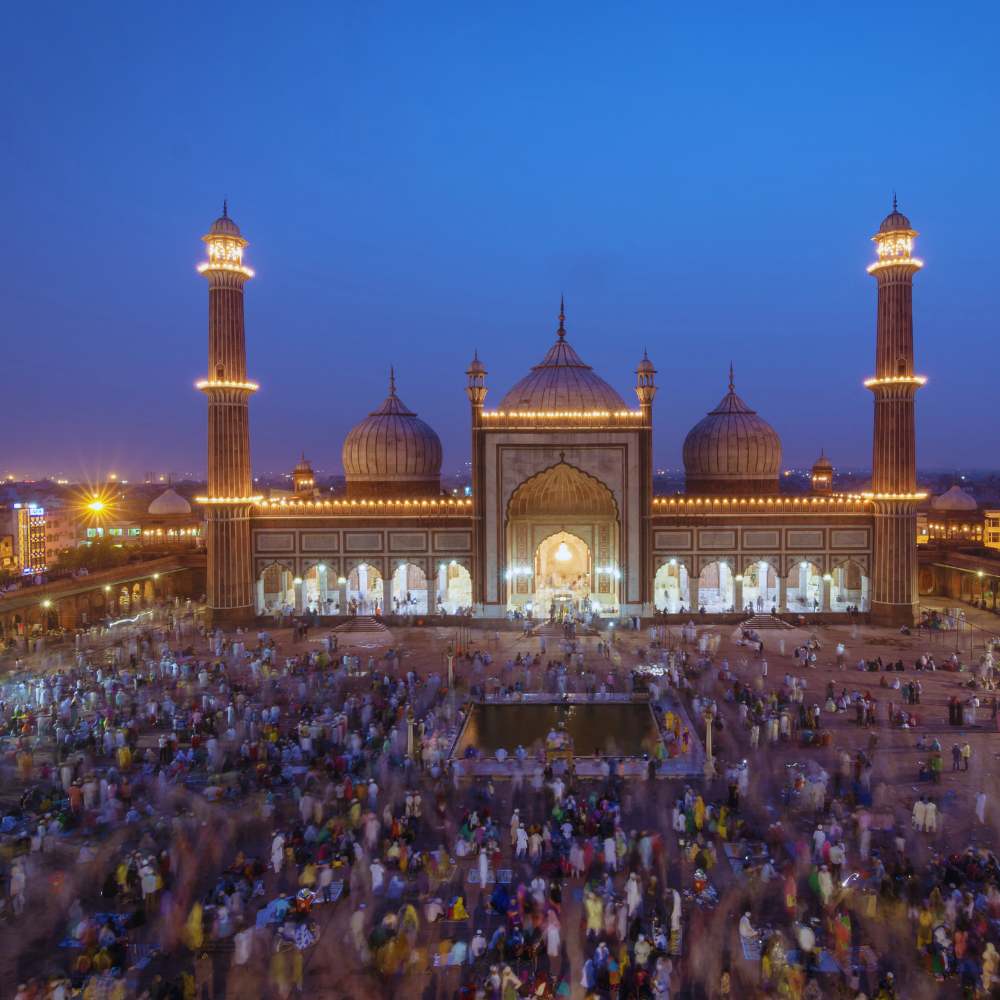
Old Delhi comes alive during festivals, showcasing its vibrant culture and communal harmony.
- Eid at Jama Masjid: The mosque becomes a focal point of celebration with prayers, feasts, and decorations.
- Diwali in Chandni Chowk: The narrow lanes light up with diyas and lanterns, creating a magical atmosphere.
- Other Events: Local fairs and cultural festivals, like the Phool Walon Ki Sair (procession of flower sellers), highlight Old DDelhi'srich traditions.
Conclusion
A heritage walk through the lanes of Old Delhi is not just a journey through history—it's an exploration of IIndia'ssoul. From its monumental Red Fort to the bustling bazaars of Chandni Chowk, every corner of Old Delhi pulsates with life and legacy.
Whether you're savouring street food, admiring architectural marvels, or simply soaking in the vibrant atmosphere, this walk promises an experience that lingers in your memory long after it's over.
